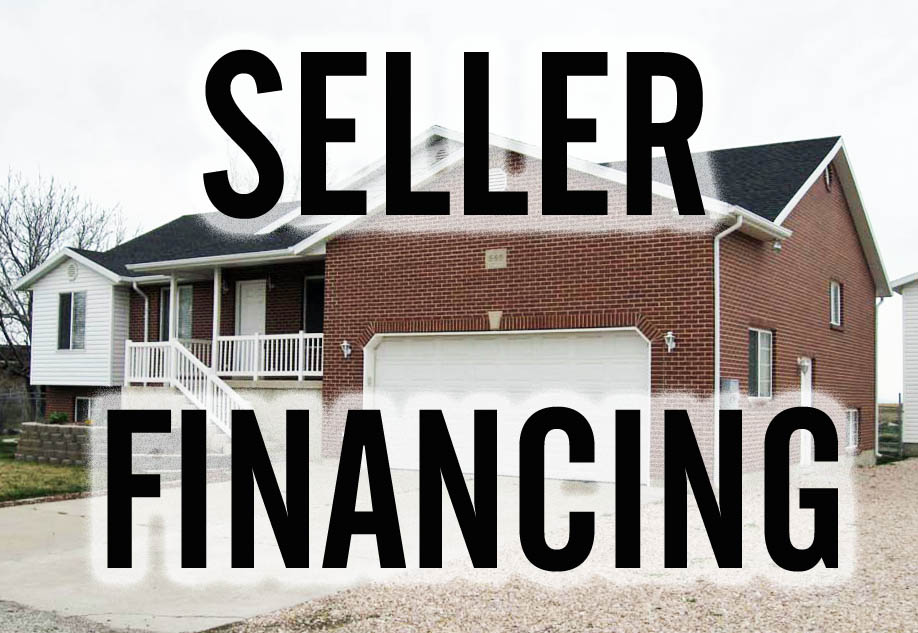The 4 Secrets of Successful Seller Financing

Published On: February 25, 2016 Posted by: Jeremy Peterson
Seller financing is a topic that ebbs and flows in popularity depending on market conditions. Back in the early 1980’s when mortgage rates hit 18%, buyers were priced out of the traditional money markets and sellers began offering their own financing terms to get their homes sold. My parents purchased a home this way when I was a young lad during that time.
More recently, the Great Recession saw rates plummet while mortgage lenders went out of business. Such conditions left willing buyers and sellers flummoxed and wondering how to make a transaction work. It didn’t take long before seller financing filled the void created by a dearth of financing options.
Sometimes, regardless of the market, the property itself prevents traditional financing from working. Properties that are significantly damaged or have odd encumbrances may also benefit from seller financing.
Regardless of the scenario, getting the details right is of utmost importance to making sure the transaction successful for all parties. So, if you are thinking of engaging in a seller financed transaction, here are some important things to know to assure a good experience.
Wrap or No Wrap?
If you want to sell a property and you have an existing mortgage on your home, it is still possible for your sell it utilizing seller financing. However, there are a lot more details that need to be considered. We call this scenario a ‘wrap’, as in the seller financing is ‘wrapping’ around the existing mortgage. In order for this scenario to work, the principal amount of the seller’s loan to the buyer must be equal or greater than the pre-existing loan being wrapped. The same rule applies to payments being made. If for some reason these figures become inverted, it poses a significant default risk to both parties. That is something both parties want to avoid.
If no wrap is occurring, things are much simpler and the details mentioned above do not need to be considered in organizing the transaction.
Who’s Going to Service
As in any business transaction, accountability is very important. With longer term transactions like finance, a third party is needed to keep track of principle payments and amortization. It is also highly recommended that a third party handle the receipt and disbursement of payments. This helps when the buyer wants to refinance or pay off the loan balance. By having an impartial party handle funds, it is less likely that the buyer and seller will have a dispute about what is owed. Typically this type of service will be able to provide a record of payments and timely principal balance reports.
Down Payment
Another consideration to help guarantee a successful transaction is determining the correct amount of down payment. From a seller’s perspective, a higher down payment puts more money in their pocket. From a buyer’s perspective, it increases their desire to make sure payments are made on time and the property isn’t taken back for non-performance. In other words, a higher down payment reduces the risk of failure for all parties involved in the transaction.
However, keeping in mind that seller financing is used as an alternative to traditional financing, it makes sense that the down payment required would typically, but not always, be less than what a traditional lender would require. Typically, I see down payments around 10% of the sale price. This amount is enough to cover Realtor and title fees while still putting money in the seller’s pocket. Yet the number is still small enough for a buyer that they can afford to make the the transaction happen. This rule is by no means hard and fast. I have written transactions with down payments as high as 50% and as low as 7%.
Yearly Communication
Seller finance transactions have significant longevity. They can be written to last just a few months, or they can be written for 30 years. Either way, good communication between the buyer and seller, whether directly or through an intermediary, is important. This way, if there are problems, things can be resolved fairly quickly. Also, if a wrap loan is involved, reconciling annual property tax and insurance payment changes is needed to avoid problems with payments becoming inverted.
_____
These four ideas should lay a good solid foundation for your seller finance transaction. I have written dozens of transactions involving this kind of financing and have found it to be very flexible and adaptive. If you are wanting to sell your property and want to know more about how this kind of tool may work for you, CONTACT ME, and lets discuss your specific situation.




